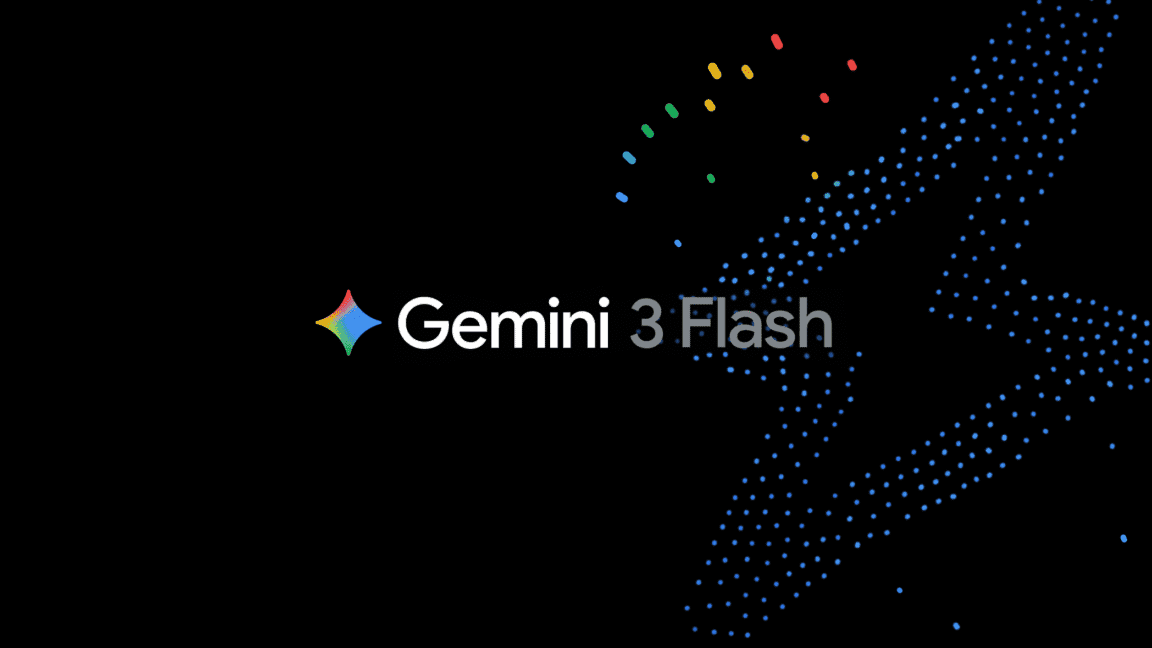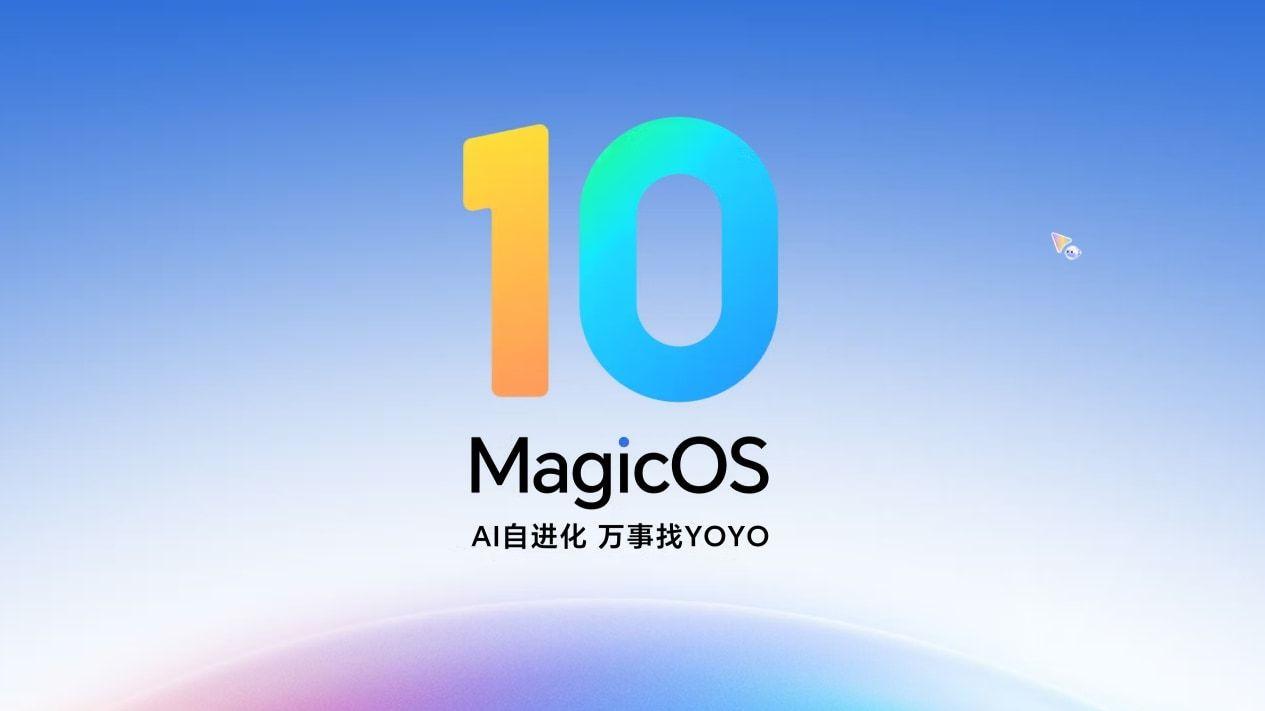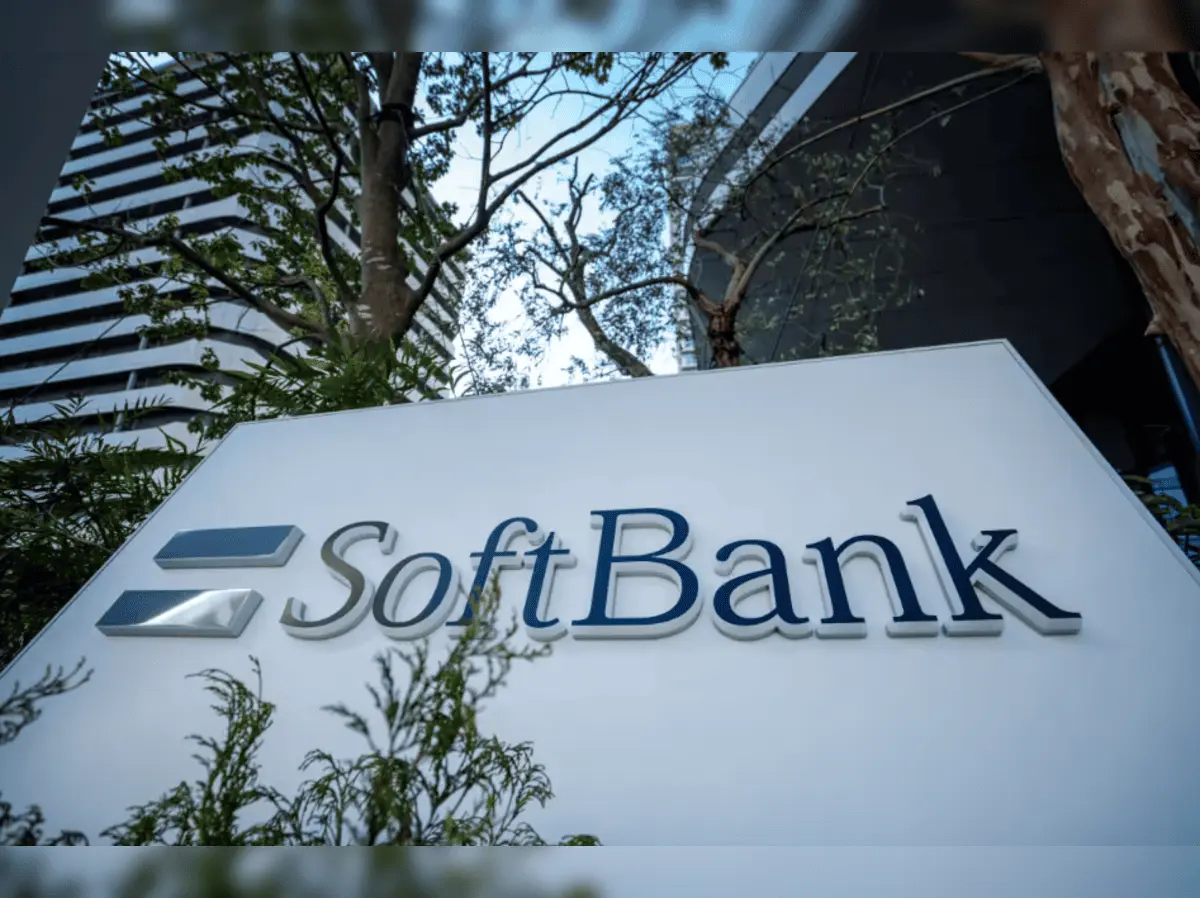Xiaomi Unveils HyperOS 2.0: AI-Powered Features and Enhanced Interconnectivity
3 Sources
3 Sources
[1]
Xiaomi HyperOS 2.0 Launched With AI Features and Better Interconnectivity
HyperOS 2.0 also expands on interconnectivity by making them compatible with Apple devices. On Tuesday's event, Xiaomi unveiled its new Snapdragon 8 Elite-powered flagships: the Xiaomi 15 and the 15 Pro, along with the Pad 7 and S4 watch. The company also launched the next iteration of its Android skin, HyperOS 2.0, which offers several improvements and interconnectivity with a wider range of devices. So keep reading as we discuss some of the highlight features of HyperOS 2.0. HyperOS, launched last year, was already a major shift for Xiaomi, but HyperOS 2.0 doesn't bring any major drastic changes. Instead, it focuses on improving user experience by introducing three key elements: HyperCore, HyperConnect, and HyperAI. All three help provide a smooth, seamless, and smart experience. Improved Performance Starting with HyperCore, it's a new Xiaomi kernel that helps to manage tasks, memory, and inputs more efficiently. This will help improve app launch speeds, lower battery usage while gaming, and an overall smoother performance on your device. Wider Interconnectivity Then there is HyperConnect. This is an expansion of the Interconnectivity feature that we saw with the original HyperOS. So with HyperOS 2.0, your phone can now easily interact with other Xiaomi products like TVs, watches, and tablets. It offers reduced latency in signal transmission. So, users can now drag apps from their phones to tablets and use them from there. But that's not all, in mainland China, HyperOS 2.0 devices will be compatible with Apple devices as well. You can now browse, access, and share photos and files on Xiaomi devices using your iPhone or other Apple devices. However, you will need to install the Xiaomi Internet Services app or Xiaomi's Mi desktop app on the Max to use these features. AI Features 2024 has been all about AI, so how could Xiaomi stay behind in all of this? HyperOS 2.0 will bring a bunch of AI features to your devices like AI Writing, AI Subtitles, AI Paintings, AI Sound Recognition, AI anti-fraud, and AI Translations in real-time. There's a new voice assistant on board called Super XiaoAI which can help you with your routines and other tasks. However, one notable feature is that you can use it to ask about any files or folders, and it will find it across your connected ecosystem of devices. I would love to try out this feature, but Xiaomi doesn't ship their AI assistant. So, it won't be easy to get our hands on it. UI Changes Apart from these, Xiaomi has also added some new visual changes to the UI. Firstly, there's a new movie-like Dynamic lock screen that uses AI to personalize wallpapers for you. The widgets have also received a slight facelift, which makes them look fresh and more attractive. They will also get updated live on your home screen. The weather app has also been revamped with new animations, which are heavily inspired by Apple's Weather app, which is the norm for the company nowadays. Users will also experience smoother transitions and effects when interacting with UI elements and notifications. HyperOS 2.0 will come pre-installed in companies' newly launched devices which include: Xiaomi 15 and 15 Pro, Xiaomi Pad 7 series, Xiaomi TV S Pro, Xiaomi Watch S4, and Mi Band 9. The existing device will start receiving the update starting in November. This will include the Xiaomi 14 series, Mi Mix Fold 4, Mix Flip, and Xiaomi Pad 6S Pro. Older devices like the Xiaomi 13 series, Redmi K60, Redmi Note 14, Xiaomi Pad 6 Pro, and more will receive it later down the line. There is also no confirmation on the global rollout of the update and which features that are introduced here will make it out of China. It isn't a big improvement over the past version, of course, and I don't see any additions that I mentioned in my HyperOS 2.0 wishlist. But how well does it perform will remain to be seen once the update lands on our devices.
[2]
Xiaomi HyperOS 2 announced - New features and roll out details
Xiaomi has officially introduced HyperOS 2 alongside the Xiaomi 15 series in China, marking a significant advancement in its software ecosystem. The company describes HyperOS 2 as "a solid step towards a full AI ecosystem." Last week, Lu Weibing, President of Xiaomi Group, emphasized three key innovations in HyperOS 2: HyperCore, HyperConnect, and HyperAI, each designed to enhance the user experience across various devices. HyperOS 2 introduces three core technological innovations specifically tailored for Mainland China: HyperCore, HyperConnect, and HyperAI. These advancements offer a fresh, advanced experience in fundamental functionality, cross-device smart connectivity, and AI interactions. HyperCore is the foundational technology behind HyperOS 2, providing enhanced system performance and stability. Earlier this year, Xiaomi assembled a dedicated team of over 3,000 engineers to optimize over 25,000 scenarios, culminating in the development of Xiaomi HyperCore. This proprietary core technology platform improves performance, graphics, network capabilities, and security. The HyperCore kernel introduces an in-house microarchitecture scheduler, which analyzes instruction pipelines directly from the chip's architecture. This optimization reduces CPU idle time by 19% by improving task cycles and memory latency. With Xiaomi's new dynamic memory and Storage 2.0, the Xiaomi 15 series, powered by HyperCore, offers ultra-fast app launch speeds, low gaming power consumption, and unrivaled smoothness even in intensive scenarios. HyperOS 2 introduces several innovative features aimed at improving user interaction: HyperOS 2, powered by HyperConnect, enables seamless, real-time integration across the Xiaomi ecosystem. With the "Home Screen+" feature, users can drag phone apps onto Xiaomi tablets or add them as native apps. HyperConnect also supports dual-camera streaming between Xiaomi tablets and phones. Notably, HyperConnect is now fully compatible with Apple devices in Mainland China, thanks to Xiaomi Interconnectivity Services. This allows Apple users to browse files, share photos, and access Keynote, Pages, and Numbers files on Xiaomi devices, facilitating fluid productivity across ecosystems. The latest HyperOS 2 update brings significant performance upgrades: Embedded within HyperOS 2, Xiaomi HyperAI enhances the AI experience with user-friendly functions, creating a dynamic, ever-evolving interaction. HyperAI offers a transformative aesthetic experience by using AI to analyze depth in user-selected videos frame by frame, creating cinematic depth effects on lock screens. Additionally, with AI-Generated Content (AIGC), static wallpapers of cities, plants, and more can be animated instantly. HyperOS 2 reshapes system applications with AI, enhancing productivity and usability. AI writing tools allow users to quickly refine or extend text on-screen, while AI sound recognition enables transcribing and identifying speaker-specific audio in calls, recordings, or meeting apps, generating accurate summaries. AI subtitles provide real-time translation and interpretation in meetings, significantly improving cross-language communication. On Xiaomi tablets, the "AI Art" function within Mi Canvas can transform sketches into customized artwork, unlocking new creative possibilities. Xiaomi's HyperOS 2 incorporates powerful AI tools to enhance the user experience: HyperOS 2 integrates a comprehensive security framework, ensuring user data protection: HyperOS 2 comes pre-installed on the Xiaomi 15 Series (Xiaomi 15 / 15 Pro) and Xiaomi Pad 7 and Pad 7 Pro. The rollout for other devices for China is scheduled as follows: In China, the Xiaomi HyperOS 2 Beta starts for the following devices: Additional models will receive HyperOS 2 in early 2025.
[3]
Xiaomi Unveils HyperOS 2 With AI Capabilities and These Features
The update includes wallpaper generation and other AI features Xiaomi has announced HyperOS 2 -- the latest operating system (OS) for Xiaomi devices such as smartphones, smartwatches and smart TVs. It builds upon the success of HyperOS, which was unveiled in October 2023. This new OS features the Chinese smartphone maker's HyperCore technology that is claimed to bring improvements in terms of performance, graphics, network, and safety. It also leverages artificial intelligence (AI) for tasks such as wallpaper generation, turning rough sketches into related images and translation in real-time. Xiaomi says HyperOS 2 will be introduced out-of-the-box in its latest devices such as the flagship Xiaomi 15 series, Pad 7 series, Watch S4 lineup, Xiaomi TV S Pro Mini LED 2025 Series, Redmi Smart TV X 2025 Series, and the Mi Band 9 Pro. It will also be introduced on the Xiaomi 14 series and older smartphones, smart TVs and wearable devices in the coming weeks and months, as per the company. In November, the update will be seeded to the Xiaomi 14 series, Xiaomi Mix Fold 4, Xiaomi Mix Flip, Redmi K70 lineup, and the Xiaomi Pad 6S Pro 12.4. In December, the Xiaomi 13 series, Xiaomi Mix Fold 3, Xiaomi Civi 4 Pro, Redmi K60 series, Redmi Turbo 3, Redmi Note 14 series, Xiaomi Pad 6 Max 14, Pad 6 Pro, and the Redmi Pad Pro lineup will get the HyperOS 2 update. Finally, in the first of 2025, the updates will be released for the Xiaomi 12S and Xiaomi 12 series, Xiaomi Mix Fold 2, Xiaomi Civi 3, Civi 2, Redmi K50 lineup, Redmi Note 13 series, Redmi Note 12 series, Redmi 14R 5G, 14C, Redmi 13R 5G, 13C 5G, Redmi 12 5G, 12R, Xiaomi Pad 6, and the Xiaomi Pad 5 Pro 12.4. According to Xiaomi, HyperOS 2 carries three new core technologies: HyperCore, HyperConnect, and HyperAI. The first is a self-developed underlying kernel technology platform supported by new dynamic memory and Storage 2.0. The company says it features a proprietary microarchitecture scheduler which can reduce the idle time of the CPU by 19 percent. On smartphones, it results in up to 54.9 percent faster app launch speeds, as per the company. Xiaomi's latest OS update brings visual changes across the board. It includes a revamped desktop layout with more customisation options, smoother transitions with dynamic effects, and 3D real-time weather simulation effects. HyperOS 2 also introduces HyperConnect which enables improved connection with other devices in the Xiaomi ecosystem. It supports dual-camera streaming between smartphones and tablets. Additionally, the update introduces Xiaomi Interconnectivity Services which Apple users can take advantage of to access files, photos and other content on Xiaomi devices. Another notable highlight of the update is the vast range of AI features onboard courtesy of the HyperAI suite. It uses AI to generate personalised lock screen wallpapers, writing tools which can generate, summarise and fine-tune the text, speaker identification and transcription in calls and recordings. HyperOS 2 also bundles an AI Magic Painting feature that can regenerate images with enhancements. The company also introduces a new AI-powered system that is claimed to protect users against deepfake fraud.
Share
Share
Copy Link
Xiaomi launches HyperOS 2.0, introducing AI capabilities, improved performance, and expanded device interconnectivity, including compatibility with Apple devices in mainland China.

Xiaomi Introduces HyperOS 2.0 with Advanced AI Features
Xiaomi has unveiled HyperOS 2.0, the latest iteration of its operating system, alongside the launch of its new flagship devices. This update brings significant improvements in performance, interconnectivity, and artificial intelligence capabilities, marking a substantial step towards a comprehensive AI ecosystem
1
2
3
.Key Technological Innovations
HyperOS 2.0 introduces three core technological innovations:
-
HyperCore: A proprietary kernel technology that enhances system performance and stability. It features a microarchitecture scheduler that reduces CPU idle time by 19%, resulting in faster app launch speeds and improved gaming performance
2
. -
HyperConnect: This feature expands interconnectivity across Xiaomi devices and, notably, extends compatibility to Apple devices in mainland China. Users can now seamlessly share files, photos, and access productivity tools across ecosystems
1
2
. -
HyperAI: A suite of AI-powered features that enhance user interaction and productivity. These include AI-generated wallpapers, writing tools, real-time translation, and sound recognition capabilities
2
3
.
AI-Powered Enhancements
HyperOS 2.0 leverages AI to introduce several innovative features:
- AI-generated dynamic lock screens that create cinematic depth effects from user-selected videos
2
. - AI writing tools for quick text refinement and extension
2
. - AI sound recognition for transcribing and identifying speakers in calls and recordings
2
3
. - Real-time AI translation and interpretation for improved cross-language communication
2
. - AI Art function on Xiaomi tablets for transforming sketches into customized artwork
2
. - AI-powered fraud protection system to guard against deepfake threats
3
.
Improved User Interface and Performance
The update brings visual enhancements to the UI, including a revamped desktop layout, smoother transitions, and 3D real-time weather simulation effects
3
. HyperCore technology claims to offer up to 54.9% faster app launch speeds and reduced power consumption during gaming2
.Related Stories
Device Compatibility and Rollout
HyperOS 2.0 will come pre-installed on Xiaomi's latest devices, including the Xiaomi 15 series, Pad 7 series, and various smart TVs and wearables. The rollout for existing devices will begin in November 2024, with a phased approach extending into early 2025 for older models
1
2
3
.Implications for the Tech Industry
The introduction of HyperOS 2.0 showcases Xiaomi's commitment to integrating AI across its ecosystem, potentially influencing industry trends. The expanded compatibility with Apple devices in China also signals a move towards greater interoperability between different tech ecosystems, which could have broader implications for the mobile industry
1
2
.As AI continues to play a central role in smartphone development, Xiaomi's latest offering positions the company as a significant player in the AI-driven mobile experience. The success and user adoption of these features could shape future developments in mobile operating systems and cross-device interactions.
References
Summarized by
Navi
Related Stories
Recent Highlights
1
Google launches Gemini 3 Flash as default AI model, delivering speed with Pro-grade reasoning
Technology

2
OpenAI launches GPT Image 1.5 as AI image generator war with Google intensifies
Technology

3
OpenAI launches ChatGPT app store, opening doors for third-party developers to build AI-powered apps
Technology








